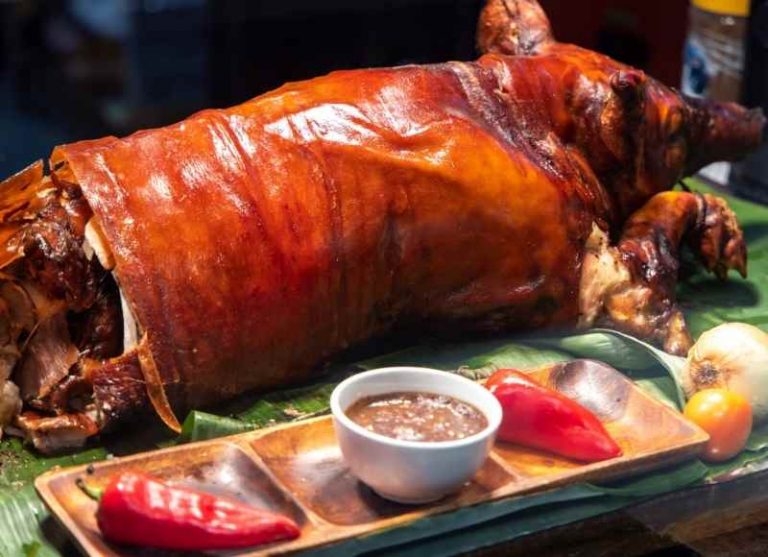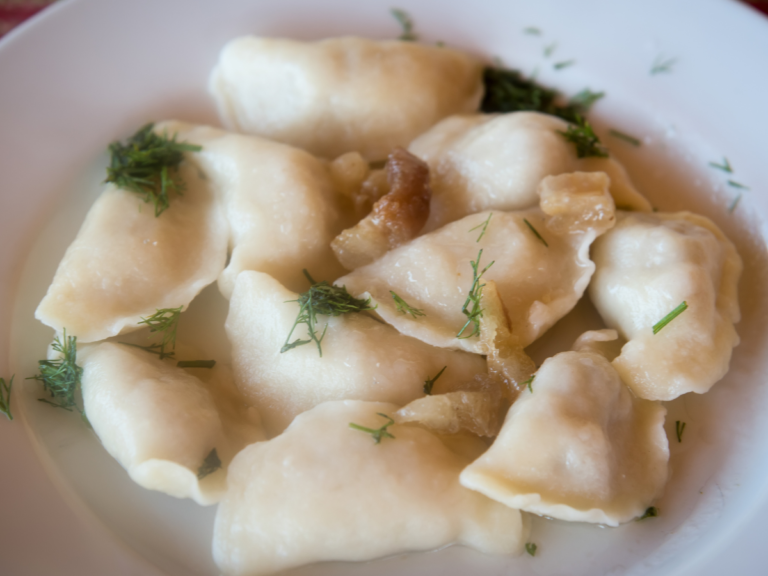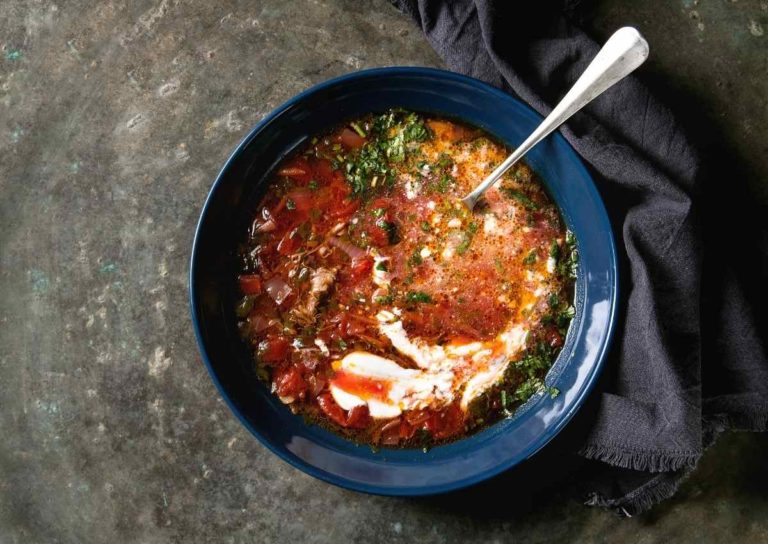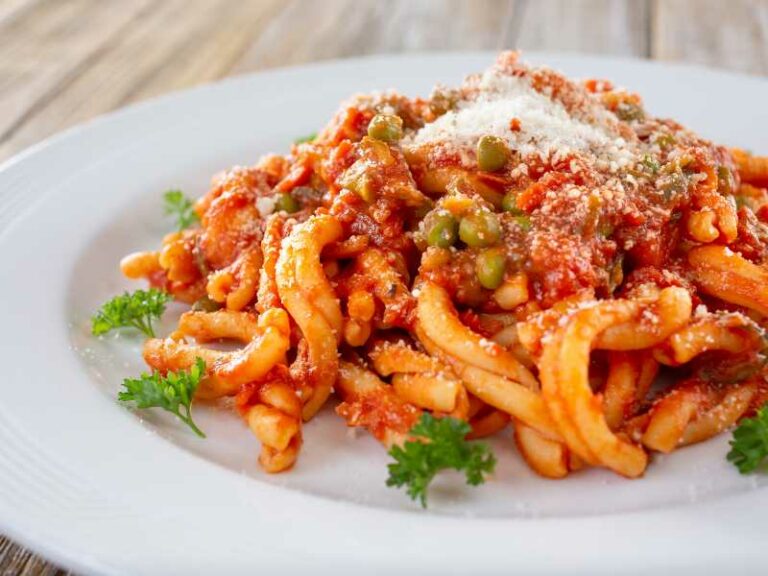Fromage Bruxelles (Brussels Cheese)

Fromage de Bruxelles, also known as ettekeis or Brussels Cheese, is a special kind of Belgian cheese prepared using pasteurized cow’s milk. The cheese needs to be consistently dried and washed for at least three months. After three months, it is shaped into rounds or tubs and is then considered ready for consumption.
Fromage de Bruxelles consists of a strong fragrance, has a salty, citrusy and sharp flavor, is pale yellow in color, and is soft and smooth in texture. These are some of the main elements that distinguish this cheese from others. It may be very time-consuming to prepare, but this traditional cheese consists of 0% fat, making it unique from all the other kinds of cheese present out there.
Fromage de Bruxelles is believed to be a table cheese, making it perfect for spreading and snacks. This cheese is also commonly referred to as Brussels cheese, but in French, it is translated as“ fromage de Bruxelles”.
Origin & Cultural Significance
Brussels cheese is believed to have originated in Pajottenland, an area situated south-west of Brussels. According to specialists, production of the cheese by the peasants commenced in the 15th century. During that time, taxes were partially paid for local cheeses. Fromage de Bruxelles, later reached its peak in the markets of the capital at the start of the 19th century.
In order to get a softer taste and to gratify tourists, the citizens of Brussels prepared the “pottekeis”. Pottekeis is a subtle combination of equal portions of Brussels cheese (ettekeis) made softer with fromage blanc (plattekeis), lambic or gueuze, and finely chopped shallots.
Today, in Belgium, fromage de Bruxelles is most commonly served on a cheese board and spread on bread.
Photo credit: Henxter






